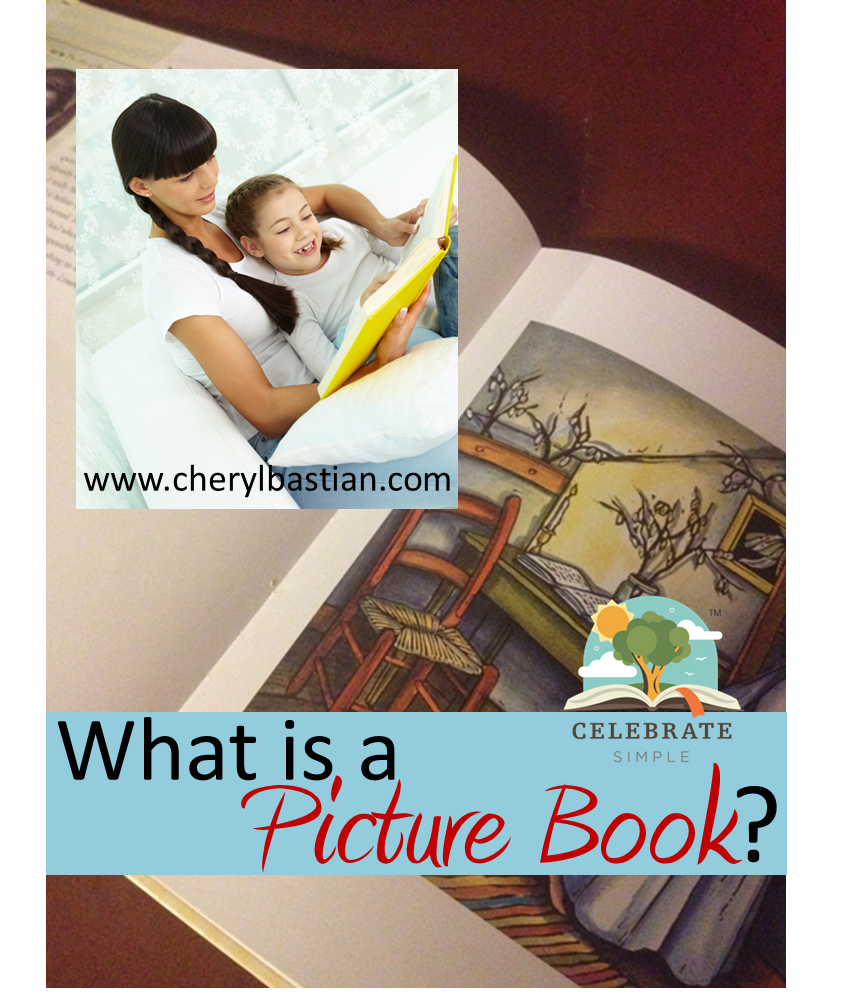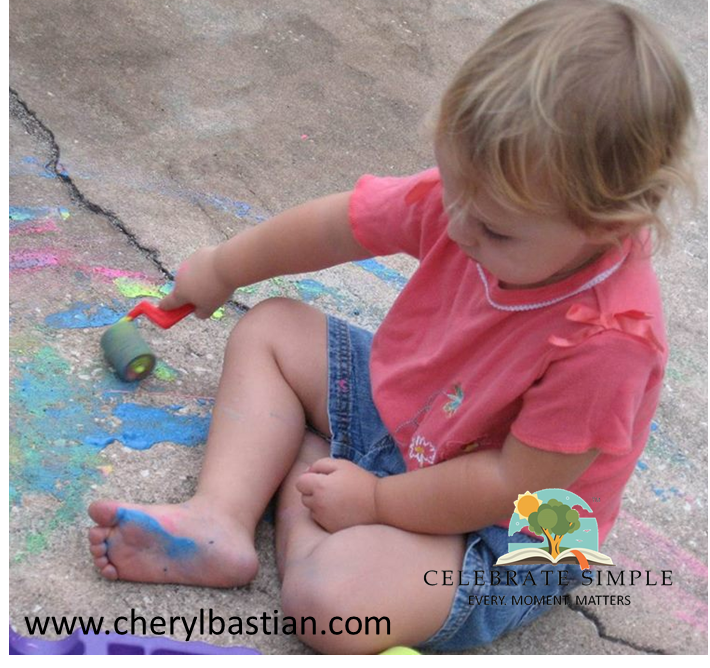How to Use What You Have: Sorting, Classifying, Comparing
/We’ve adopted a phrase.
Use what we have to boost what we know.
Could mean one of two things.
Use the resources and items we have to learn something new.
Or
Use the resources and items we have to deepen or reinforce knowledge we learned previously.
Today, my mind is on sorting, classifying, and comparing objects.
Looking at the beautiful rainbow of colors I brought home from the grocery store, I remembered the content of a workshop I video recorded a few days prior (Math Never Tasted So Good for the Keep Calm & Homeschool On Conference). The section which specifically stood on the in the forefront of my mind?
Sorting, classifying, and comparing with little learners.
These skills are foundational pre-number concepts little ones need. What are they?
How can I use what I have to foster or reinforce these skills?
Sorting | Classifying
To arrange in groups, separate according to type or attribute
Sorting and classifying is a natural part of everyday life living alongside our little learners.
We can sort laundry into darks and lights.
Silverware can be separated by type as it is put into an utensil drawer.
As groceries are being put away in the pantry, cans may be placed on one shelf and boxes on another.
And, those toy cars? They can sorted and parked by color. There are many opportunities for young children to sort as we go about our days.
For beginners, start with one attribute—color, length, height, type, origin—and move to two attributes—color and size, texture and color.
Comparing
To make a determination of difference or similarity based on an attribute, generally to answer a question.
As our days unfold, there are often opportunities to point out comparisons. For example, remember those toy cars that needed to be put away and your little parked them according to color? Well, after parking toy cars by color, take a few seconds to determine
Which color has the most?
Which color has the least?
The few seconds taken to ask and count will stick. It matters.
As we ask questions, children become accustomed to seeing differences and similarities in size, color, shape, number, origin, and texture. It becomes a conscious part of the day and having this ability helps set a foundation for learning future math concepts.
Questions we could ask children
Which person is taller?
Which shoe is larger?
Which is block tower is taller?
Which group has more?
Which ball has the bigger circumference?
Sorting, classifying, and comparing are closely related to measurement and lay foundations for set notation and computation. In addition, becoming in tune to noticing differences and similarities offers children the opportunity to become keen observers, a skill needed for other content areas including science.
Back to the groceries. After I had put away the groceries, I set out to make vegetable soup. I asked my little learner to find the three tallest carrots in the bag. She wanted to be included and was happy to contribute by helping, and she was learning.
What are some of our favorite kitchen-related sorting, classifying, and comparing activities?
Make vegetable soup: A stalk of celery, two potatoes, an onion, two tomatoes, and three carrots. Weigh each item on a kitchen scale and determine which weighs the most and the least. My littles can find the smallest onion or break off two stalks of celery. Some can help scrub potatoes, carrots, and celery while I begin cutting and adding to the pot. While the soup was simmering, read Stone Soup by Marcia Brown or Growing Vegetable Soup by Lois Ehlert.
Count items. Sort fruits and vegetables. Grapes, apples, oranges, lemons, cherry tomatoes. Which have the most in a set? The least? Make math equations by combining sets. For example, “if we have four apples and two oranges, how many fruits are there altogether?” Write the equation on paper to express the verbal equation symbolically. Read Counting is for the Birds by Frank Mazzola or Animals on Board by Stuart Murphy.
Notice the texture. Pineapples, cantaloupe, oranges, apples. Textures are different. Sort items from smoothest to roughest. Cut open the fruits and compare the texture and seed structure. Make fruit salad or pattern fruit kabobs.
Notice the origin. Different vegetables come from different parts of the plant. Sort vegetables according to the part of plant origin. Clean the vegetables and make a salad. Read Tops and Bottoms by Janet Stevens or The Vegetables We Eat by Gail Gibbons.
Compare length. Purchase a pound of carrots. Arrange the carrots on the counter according to length, shortest to longest. Prepare cooked carrots for dinner. Read Just Enough Carrots by Stuart Murphy or The Carrot Seed by Ruth Krauss.
Plant, observe, and measure. Maybe you have some seeds (or beans) and potting soil on hand. Sprout beans or plant seeds. Observe and notice changes. Draw the plants. Measure every other day and make a graph of the growth (older learners).
Maybe all this talk about fruits and veggies has your learner wanting to learn more about plants. Check out this post.


































































